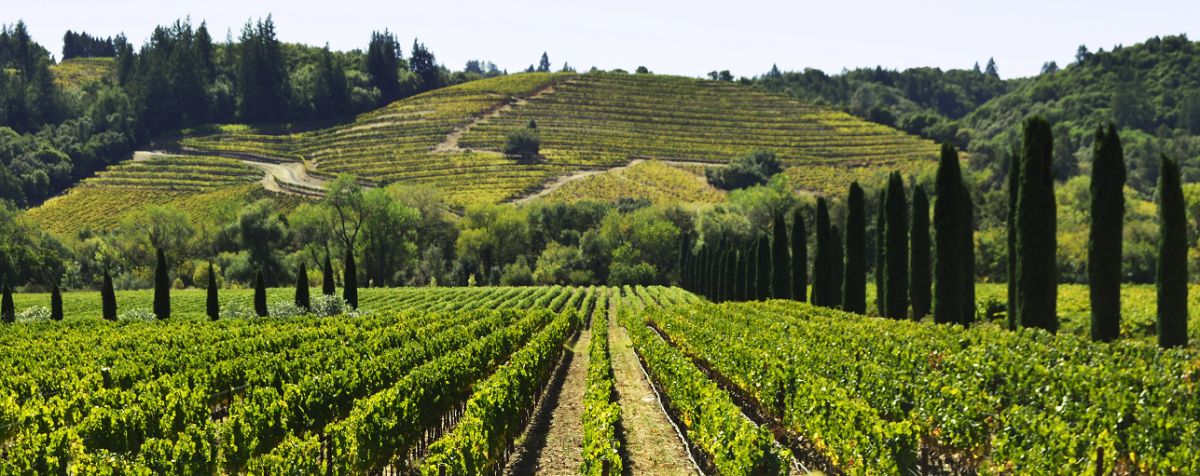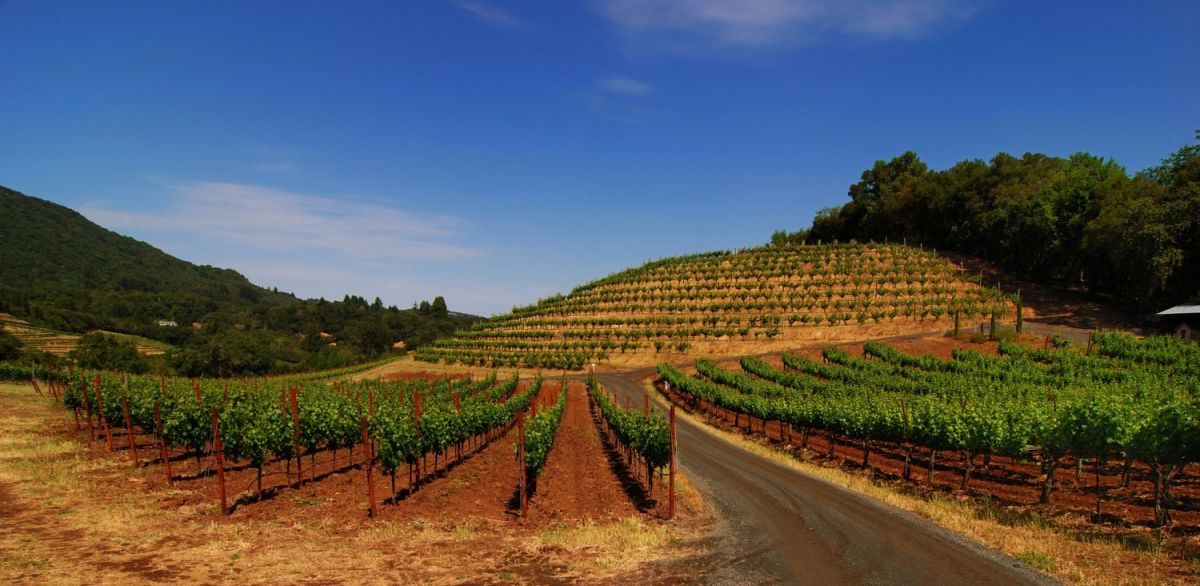One of the largest and historically most important winegrowing areas in California ( North Coast region). It is divided into partly overlapping AVAs and sub-AVAs. Without going into the hierarchical order, these are, in alphabetical order, Alexander Valley, Alexander Mountain, Bennett Valley, Chalk Hill, Dry Creek Valley, Knights Valley, Los Carneros, Northern Sonoma, Rockpile, Russian River Valley, Sonoma Coast, Sonoma County Green Valley, Sonoma Mountain and Sonoma Valley. There is no overarching AVA designation. The area extends north of San Francisco between Napa County and the Pacific Ocean. The climate ranges from warm in the north (climate region III) to cool in the south (I) due to the Pacific Ocean. The diverse soils consist of clay, alluvial soils, limestone and volcanic soil.

The vineyards cover around 23,000 hectares of vines on flat or gently rolling terrain at an average altitude of 120 metres above sea level. The most important varieties are the red Cabernet Sauvignon, Merlot, Pinot Noir, Syrah and Zinfandel, and the white Chardonnay, Gewürztraminer, Chenin Blanc, Riesling and Sauvignon Blanc. Half of the wines produced are reds and half are whites. The Sonoma Valley was the origin of the popular uprising that led to the secession of Alta California from Mexico in 1856 and its incorporation into the USA in 1850. Before that, General Mariano Vallejo (1808-1890) had been the last Mexican governor to run a winery and was the first large-scale winemaker. And the famous winegrowing pioneer Agoston Haraszthy (1812-1869) founded his Buena Vista Winery here.

The Miwok Indians called Sonoma Valley "Valley of Many Moons" because the moon rose seven times as they passed through the elongated valley and the Mayacama Mountains. It runs parallel to the "eternal competitor" Napa Valley to the east. The valley is bordered on both sides by steep mountains. The special climatic conditions make it an excellent red wine region. The most important grape varieties here are Cabernet Sauvignon and Zinfandel. Until the 1970s, mainly simple wines were produced for blending mass-produced wines. Then, starting from the Simi winery, there was a great upswing in quality. In 1970 there were only 60 wineries, today there are over 200. Along with Napa Valley, Sonoma Valley is considered the centre of Californian viticulture.
The writer Jack London (1876-1916) ran a ranch near Glen Ellen. His former property is federally managed and used for grape cultivation. His declaration of love for the area: " The air is like wine. Wisps of sea mist drift over the Sonoma Mountains. The afternoon sun glows in the sleepy sky. I have everything to be happy. Well-known producers are Buena Vista Winery, Bronco Wine Company, Clos du Bois, Cobb W ines, Gallo, Gundlach-Bundschu, Francis Ford Coppola Winery, Hanzell, Iron Horse, Jordan, Kendall-Jackson (Jackson Family W ines), Kenwood, Korbel, Louis M. Martini, Marimar Estate(Torres), Rafanelli, Ravenswood, Ridge Vineyards, Sebastiani, Siduri Wines, Simi and Williams Selyem.
Pictures: Wine Institute of California
Voices of our members

The glossary is a monumental achievement and one of the most important contributions to wine knowledge. Of all the encyclopaedias I use on the subject of wine, it is by far the most important. That was the case ten years ago and it hasn't changed since.
Andreas Essl
Autor, Modena